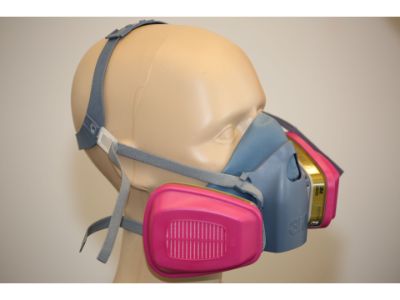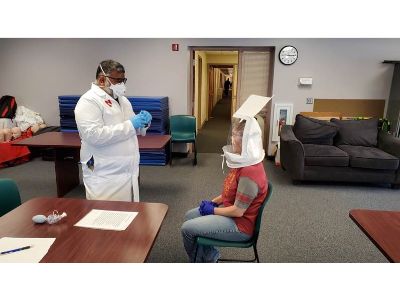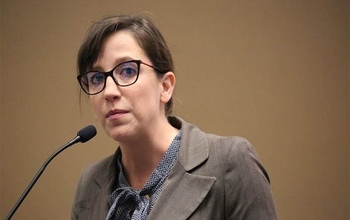What We Can Learn From Worksite Respiratory Protection




You, your family members, employees, and coworkers can use the same respirators commonly used for agricultural dusts to also combat the spread of Coronavirus (COVID-19).
Common NIOSH-approved respirators for agricultural use include:
- Disposable N95/100 masks for dust
- Reusable half-face mask with N100/P100 filters for dust and specific cartridges for gases (including pesticides)
N95/100 masks also protect against viruses. Wearing a mask protects the wearer from both agricultural hazards (dust, gases) and also from being exposed to or exposing others to COVID-19 if you are infected. If approved N95/100 masks are not available, a tight-fitting surgical mask or home-made mask may provide some protection. Cloth face coverings could be worn when out in public. They only protect people around you from large droplets you exhale. They are not an acceptable replacement for respirators that can protect you from COVID-19 and usual workplace hazards.
We recommend carefully following Center for Disease Control and Prevention (CDC) guidelines on prevention of COVID-19, as well as instructions and recommendations from State and local government officials, medical providers, and other trusted sources. In order to remain healthy and able to do your work, here are some key precautions you can implement each day.
Anytime your work requires you to interact with others or be in a confined space or public area, wear the mask or cloth face covering if a mask is not available. This can reduce exhaled droplets that can transmit the virus.
Short videos about selecting, using, and caring for respiratory masks in an agricultural setting are available HERE. Anyone who has been exposed to or infected with COVID-19 should wear a mask to protect others. Before putting the mask on, sanitize your hands. Avoid adjusting or touching the mask while you are wearing it.
In order to ensure that your mask is effective, do a seal check to make sure the mask fits closely around your nose and mouth. Find details about how to complete a check at this CDC website. A video, produced by CS-CASH, is available on how to do a mask seal check.
If your N95 mask has a valve, be aware that your exhaled breath escapes through the valve, this breath is not filtered.
When working in dirty or high-dust environments, you can place a clean cloth/bandana over the mask to help protect it. Keep the mask clean and in good condition so it remains effective.
After removing the mask, wash your hands. Reusable masks should be cleaned and sanitized after use.
When not in use, store masks in a clean, dry location. Anytime you reuse a mask, assume it carries some contamination. Wash or sanitize your hands after putting it on and taking it off, cleaning, caring for and storing. And be sure to store used masks in a place that will not come into contact with anyone else.
Along with diligent handwashing, social distancing, and disinfecting measures, respiratory/mask use is an effective way to protect yourself and others from transmitting the virus. Additional details about how it is spread can be found on the CDC website.



